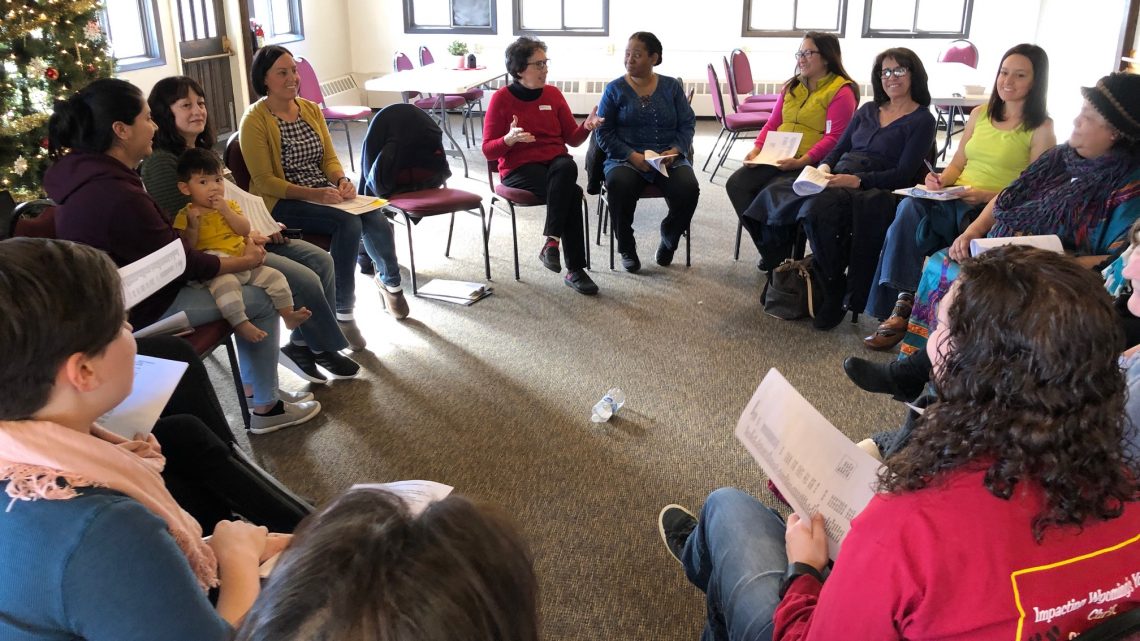We tend to think of answers to questions as being in two categories: right, and wrong. But that’s kind of like looking at the natural world and saying there are two kinds of plants, trees, and not-trees. In the natural world, we can easily see that not only are there many kinds of trees, but there are shrubs and vines which may sometimes masquerade as trees, and relegating everything from dandelions and raspberry bushes, to mushrooms and melons, to sand burrs and cornstalks, to water lilies and duckweed — into one classification, is not very useful.
Answers do not come in quite such a variety, but they are indeed quite varied. Right answers alone come in several different types. There is precisely the answer you were looking for. There is an answer which is substantively correct, but in a form you weren’t expecting. There is an answer which is correct but had not occurred to you. There is an answer which is partially correct, and partially incorrect. And there are answers which are close to correct, which are leading in the correct direction, and so on.
In the class setting, the purpose or questions is to model the process of good Bible study
That list is not exhaustive, and it is not designed to be memorized. Rather, it is simply to recognize that answers come in many forms. We have said the purpose of the questioning process is to lead the learner on the path of discovery, and that we use the questioning process to model the process of interpreting Scripture. So whatever answers the class offers, we must deal with him in a way that helps them forward on the path of discovery, and demonstrates the process of interpreting Scripture. Because in that process, each of us individually will come up with all of those types of answers ourselves, and must learn how to deal with them personally. So we will go back to our example of Revelation 13.
Nobody wants to be told “You’re wrong!” especially in front of other people.
We were discussing the sea beast in Revelation 13 which, “Resembled a leopard, but had the feet like those of a bear and a mouth like that of a lion.”
For the first question I suggested: “Is there somewhere in the Old Testament where we can find a leopard, a bear, and a lion together in one passage?”
After a short pause with no response, the next question might be: “Perhaps in another symbolic prophecy?” Now we have three cues or clues to the answer: 1) Old Testament, 2) the three beasts found together in a single passage, and 3) a symbolic vision.
Suppose a person answered, “Perhaps in the book of Ezekiel?”
Here we see the difference between a test question, and a teaching question: on a test, “Ezekiel” would be an incorrect answer. But in this setting, it is a step in the right direction, and it meets two of our criteria: it’s in the Old Testament, and it’s full of symbolic visions. Remember that in the class setting, the purpose or questions is to model the process of good Bible study, so my response should 1), reward with the learner got right, and ask another question which would help them understand the process.
So in this case, I would reply, “Good answer. Ezekiel is indeed an Old Testament book with a number of symbolic visions. But I am unaware of any visions in Ezekiel which include a lion, a bear, and a leopard. Is there one which you are referring to?”
Humility before the Word is an essential requirement for worthwhile study.
Had I simply said, “No, that’s not it,” or “That’s the wrong answer,” that response on my part would have failed to model the process, an made the class atmosphere less safe. Nobody wants to be told “You’re wrong!” especially in front of other people. It would also reinforce an almost adversarial relationship that “I, the teacher, and in the know, and you are not.”
By contrast, the response I suggested would reinforce the ways in which that answer met our search criteria, and pointed out a further avenue of inquiry. It certainly would not be a waste of class time to spend a minute or two looking for the three beasts in Ezekiel. And, in those cases where you, the teacher, are mistaken or have overlooked something, it saves you from embarrassment.
Saying “I am unaware” expresses humility as in, “It might exist, I am not ‘all-knowing.” and humility before the Word is an essential requirement for worthwhile study. And should there be such a passage, a sincere, “Thank you, you have taught me something,” will make everyone feel safer. As a bonus, all this reinforces the sense that “We are on this journey together.”
Take note: if the purpose of the class was simply to pass on information, then spending time Ezekiel would be a waste of time. But I have suggested that the best purpose of such a class is to help learners understand the process of sound interpretation.
The difference is simply this: if the purpose is simply passing on information, class members can only learn as much as you know. When you’re finished transmitting information, they stop learning. But if they learn how to interpret Scripture for themselves, learning goes on long after class, and even the teacher, come to an end.
There’s much more to share about how to answer questions, including how to deal with hostile attitudes, and we will continue to explore them in later blogs.










